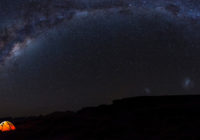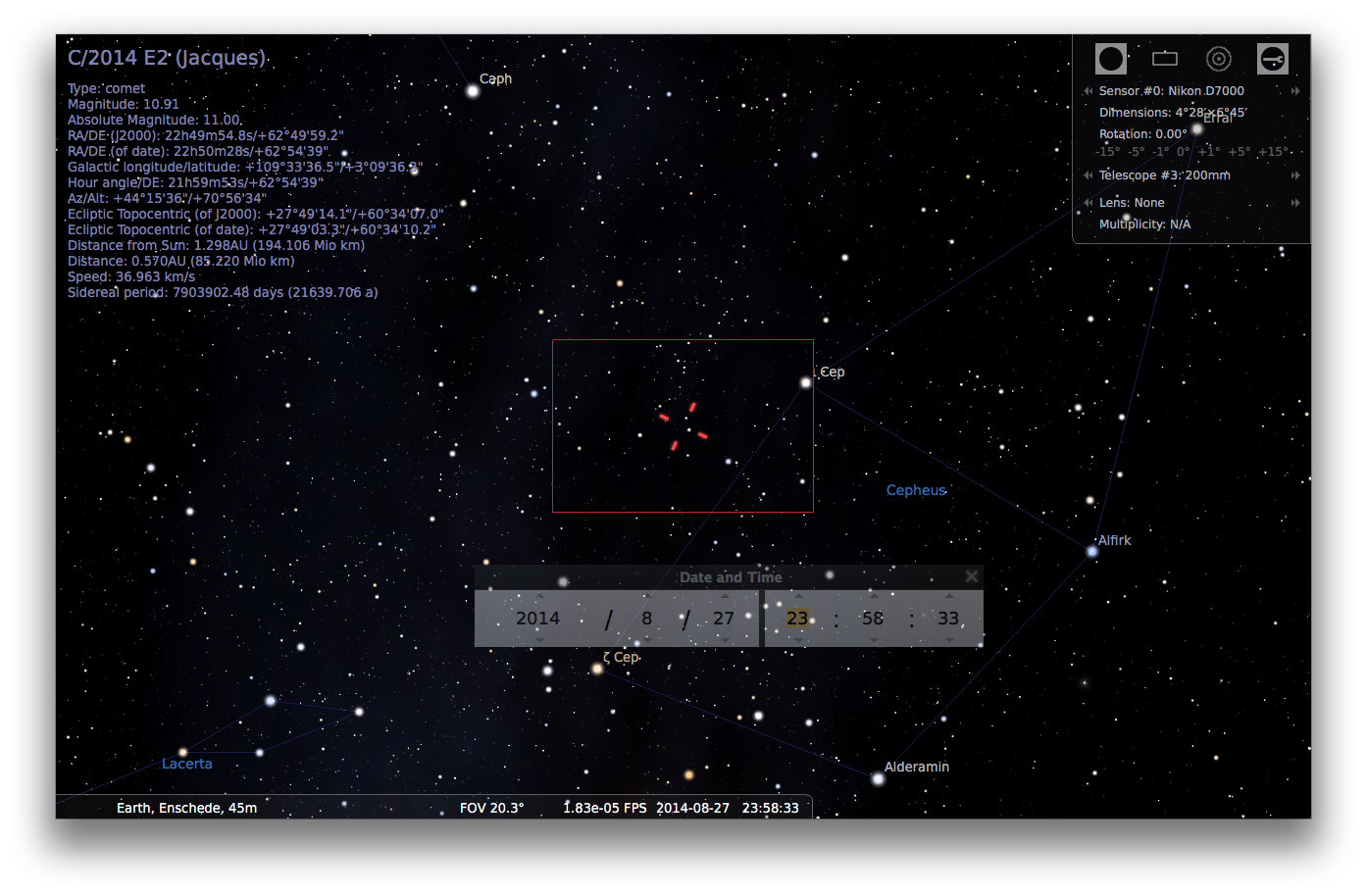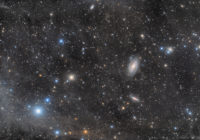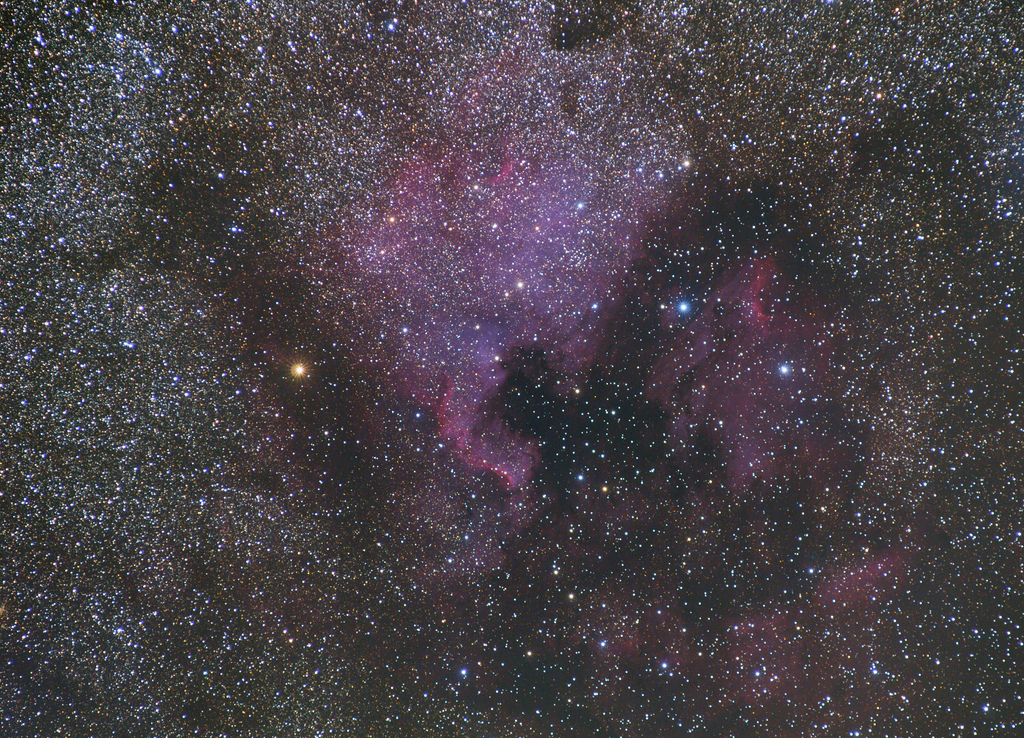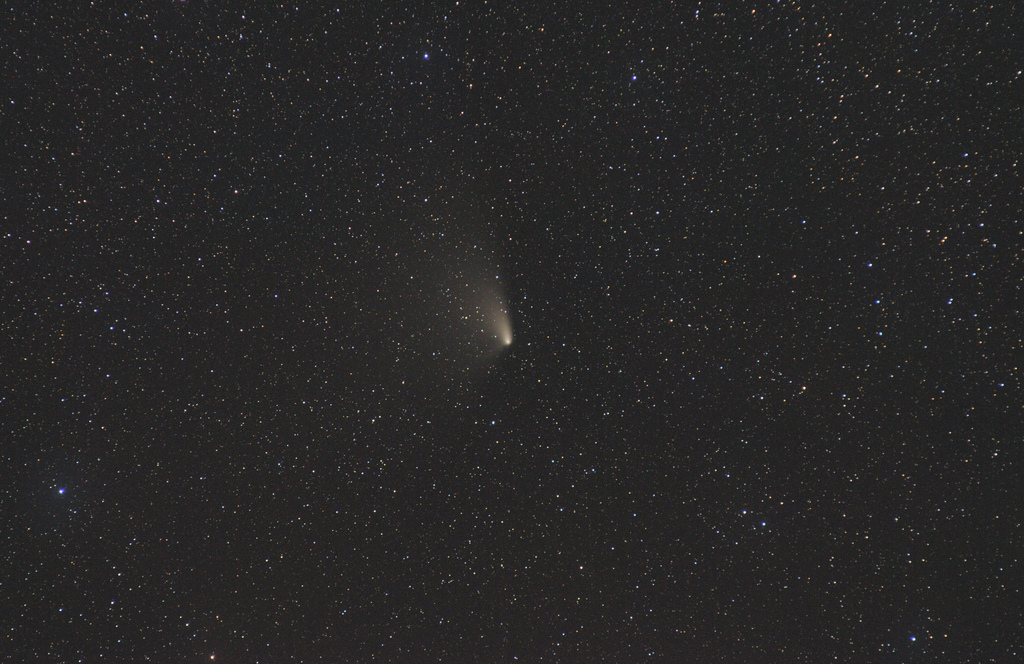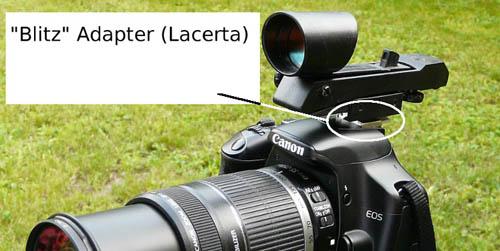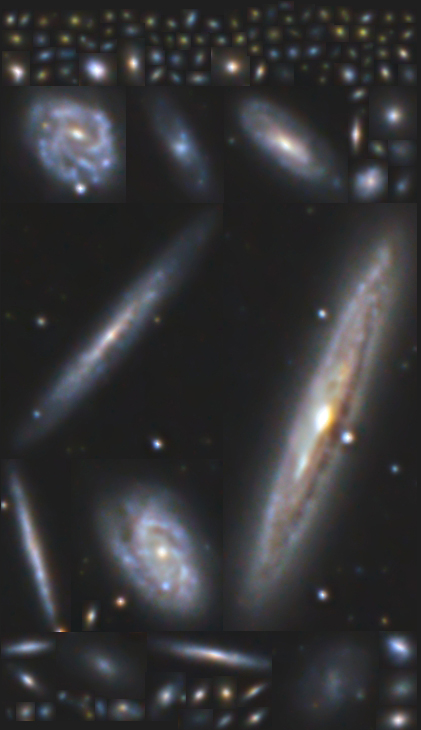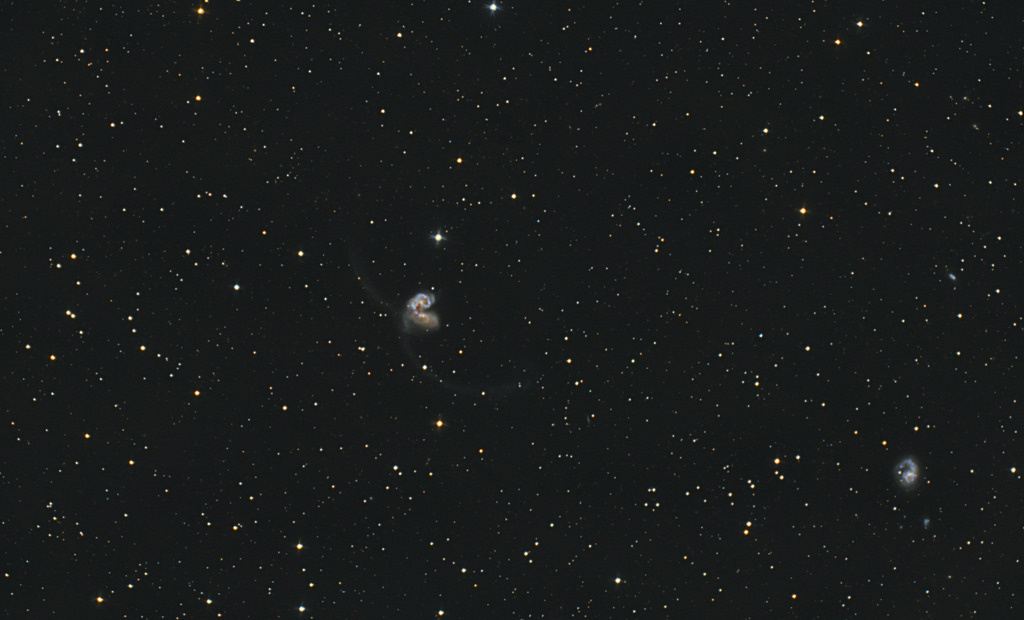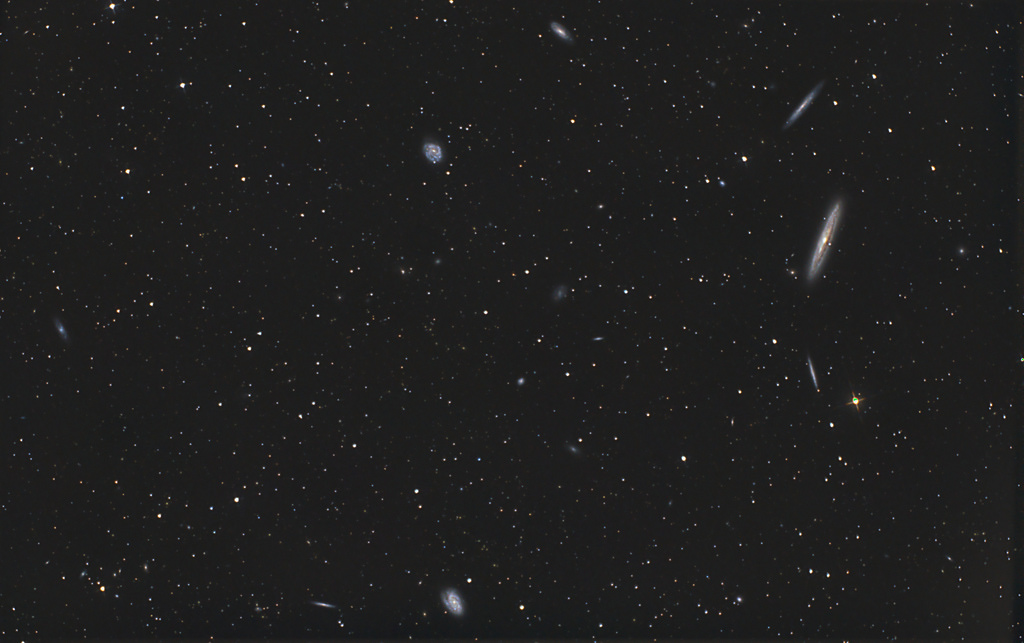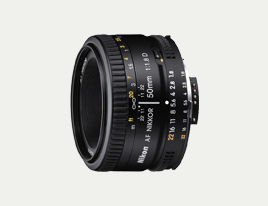Interview 2: DSLR astrophotography with AstroTanja I love to just browse around on the internet and look at the work of other astrophotographers. Lately I got an increased interest in southern hemisphere objects and quickly stumbled upon the amazing work of AstroTanja. She produces some fabulous photo’s, amongst which there are a lot of amazing wide field photographs that immediately get’s you dreaming away with the beauty of the night sky. Make sure you visit…
Read MoreAuthor: chrisvdberge
How to add comets to Stellarium
With comet C/2014 E2 Jacques currently making an impressive tour through part of our milky way it is passing some very interesting objects. This creates great photograph opportunities to make some great pictures. But how can we plan a photograph session or how do we even know where comet Jaques will be at a certain date and time? Adding comets in Stellarium Luckily there is the great free open source program Stellarium and the ability…
Read MoreDSLR astrophotography interview 1 – Maurice Toet
Interviews with astrophotographers There are many interesting people all over the world that are photographing the wonders of the heavens with their camera’s and other equipment. Every astrophotographer has his/her own interesting story and I’m going to post regular interviews with them here. Because this blog is about astrophotography with DSLRs in particular, I’m going to focus on the astrophotographers that are using a DSLR to create their artwork. Interview 1: Meet Maurice Toet I’m…
Read MoreNorth America Nebula at 200mm with DSLR and Astrotrac
Introduction The North America Nebula in the constellation Cygnus is probably one of the most popular widefield subjects of the northern hemisphere. This beautiful field of view contains a very large emission nebula for which it’s shape resembles that of the continent of North America. Photographing the North America Nebula with unmodified Nikon D7000 I was very curious to see how much h-alpha my unmodified Nikon D7000 would capture when photographing this emission nebula. I…
Read MoreComet PanSTARRS C/2011 L4 with DSLR
Introduction C/2011 L4 (PANSTARRS) is a non-periodic comet discovered in June 2011 that became visible to the naked eye when it was near perihelion in March 2013. It was the first comet I saw after getting started with astronomy and astrophotography so I was quite excited about this one. After having seen it a view times with my binoculars I finally had the chance to photograph it during an astro-trip to Hohen Woos in Germany….
Read MoreUsing a red dot finder on your DSLR
Aiming and framing with a DSLR In many occasions you probably are using a DSLR for astrophotography on a mount that doesn’t have GoTo, so you have to find and frame your target manually. To see exactly what your camera is seeing you can make use of the liveview feature of your camera nowadays. This makes it a bit more easy, but you still only see the brightest stars in a relative narrow field of…
Read MoreNGC 4216 and friends – galaxy composite image
Previously I shared the image I took of NGC 4216 and friends here. I absolutely love this field of view in the constellation of Virgo with it’s many galaxies. You can endlessly look at this image and keep discovering new ‘faint fuzzies’ in there. I decided to create a composite image consisting of the most obvious galaxies in this image. The image ended up with over 100 galaxies, and still more can be seen in…
Read MoreAntennae Galaxies – NGC 4038 and NGC 4039
Introduction I had high hopes up front about this subject. I just find it very beautiful and never quite understood why it got a nickname like the ‘antennae galaxies’, instead of something referring to the heart shape of the interacting galaxies. To me I just see a heart in the sky consisting of 2 entities ‘colliding’ with each other. It’s hard not to see the symbolic meaning this can obviously have. It was the first…
Read MoreNGC4216 and friends
Subject information NGC 4216 is spiral galaxy located not far from the center of the Virgo Cluster of galaxies, roughly 40 million light-years away. It’s seen nearly edge-on. Along with NGC4216 we can see many more striking galaxies in this field of view. Image acquisition details Date: 28/04/14 Location: La Palma Optics: TS 10″ Newton Mount: NEQ6 on fixed pier Camera: Unmodified Nikon D7000 used at ISO800 Guiding: Lacerta MGEN Exposure: 46 x 300 sec….
Read MoreNikkor 50mm F1.8 lens test – pt 1
I have this little lens already for 8 years or something, and have hardly used it even though it’s quite a decent lens. It gets good reviews and rightfully so. So after all these years it’s time to do a first test and see if this would be a good lens for astrophotography. Putting the Nikkor 50mm F1.8 AF-D to the test I tested the lens using a simple testchart to check the sharpness of…
Read More